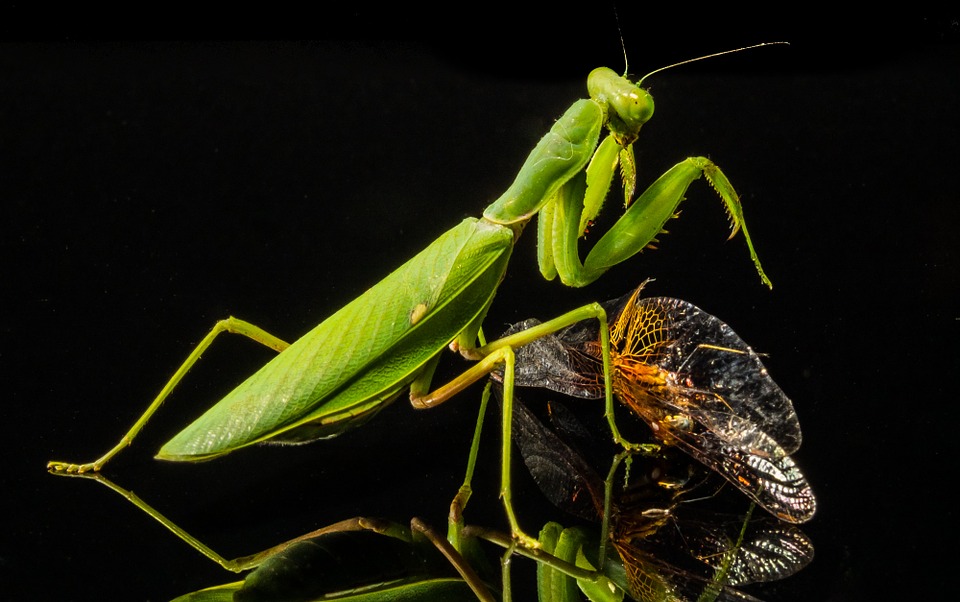When we think of pest control, we think of men in astronaut-like suits carrying spray machines and coming in to purge our homes and our gardens, up to nooks and crevices. Let’s repaint that picture.
Fact: praying mantises are one of your best options for pest control. Sounds counter intuitive? Recent studies will tell you that it’s not and that while praying mantises are pest themselves, they’re also very effective pest predators and effective for pest control.
How Do Praying Mantises Help?
Recent studies have found that insects and other pests have developed immunity against the chemicals used in pesticides and other chemical-based pest control methods. It seems that they’re adapting to the fight faster than we are. So, researchers have been trying to find ways to counter this. Mother Nature stepped in and made known one of its most potent pest predators: the praying mantis.
For the most part, praying mantises can be your green little garden workers that’ll help you maintain a healthy ecological balance in your garden. They eat insects that do more harm to your plants. These are mosquitoes, aphids, flies, grasshoppers, crickets, leaf hoppers, spiders, and even other fellow mantises. A single praying mantis can eat hundreds of other insects in just one season. Some mantises may even go as far as eating tree frogs, mice, lizards, and hummingbirds.
Disadvantage of Using Praying Mantises for Pest Control
The downside of using praying mantises for pest control is that they eat insects that are also beneficial for your garden. Butterflies, ladybugs, and hover flies are among the beneficial insects that they prey on. If you intend to use praying mantises for pest control, you have to keep this in mind. You must prepare a population control method so that they don’t disrupt the natural balance of your garden’s ecosystem.
Getting Praying Mantises into Your Garden
Now, if you’ve decided to employ the service of these mighty pest predators, you’ll have to figure out how to get them into your garden. You can try luring them into your garden by adding some plants and shrubs that they’re attracted to, such as roses, raspberries, as well as tall grasses which they use as shelter.
What’s also interesting is that there are retailers that actually sell cases full of praying mantis eggs online and in farming shops. You can buy these eggs, hatch, and raise them into adulthood yourself. Each egg case can contain around to 300 individual eggs inside. Usually, however, only one-fifth of the eggs mature into adulthood. These egg cases are collected from the wild. Mantis eggs can take about three to ten weeks to hatch. These for sale mantis egg cases have been popular among farmers who purchase them to control farm pests and insects. Some even keep them as pets.
Conclusion
Praying mantises may look frightening to you, but they’re more frightening to the insects you really want to get rid of. If you want to forego using chemicals that could potentially harm your plants and your family, consider using praying mantises to eradicate those pesky pests in your garden.
Contributed by :
3542 E Altadena Ave, Phoenix, AZ 85028,

